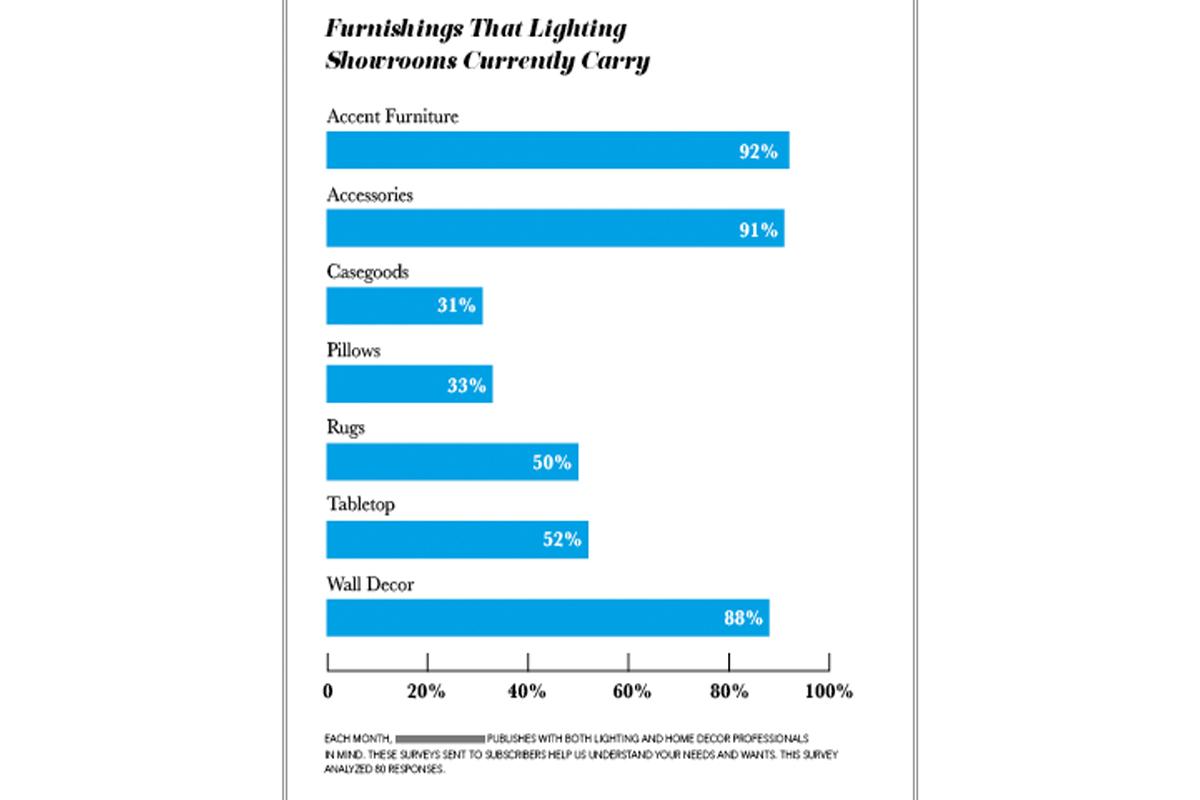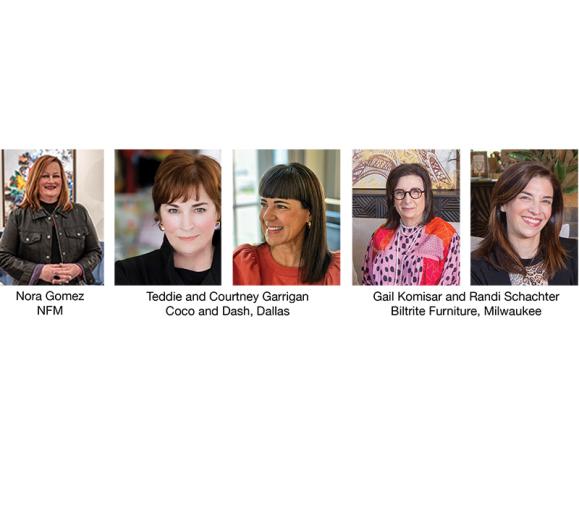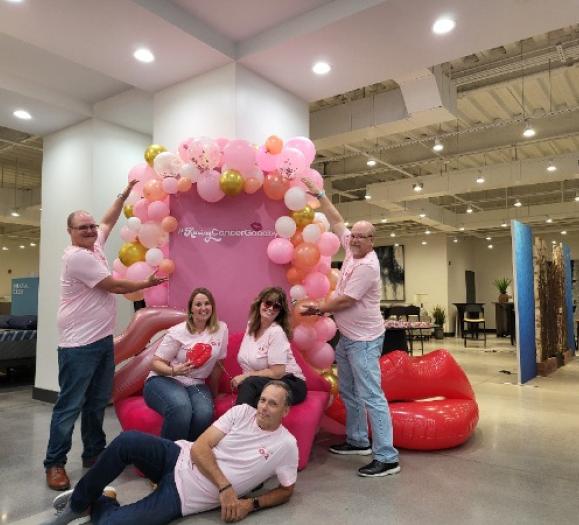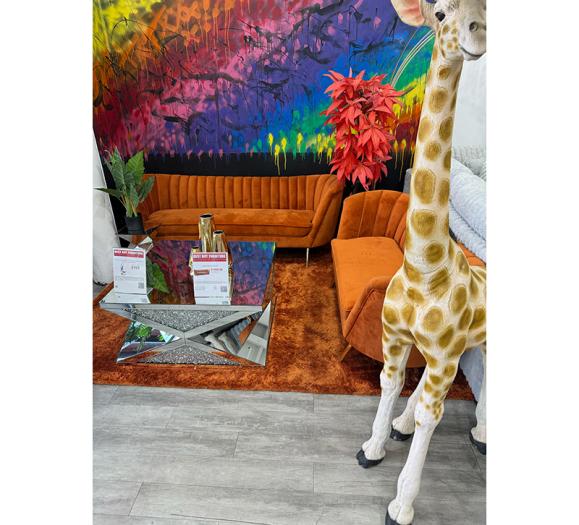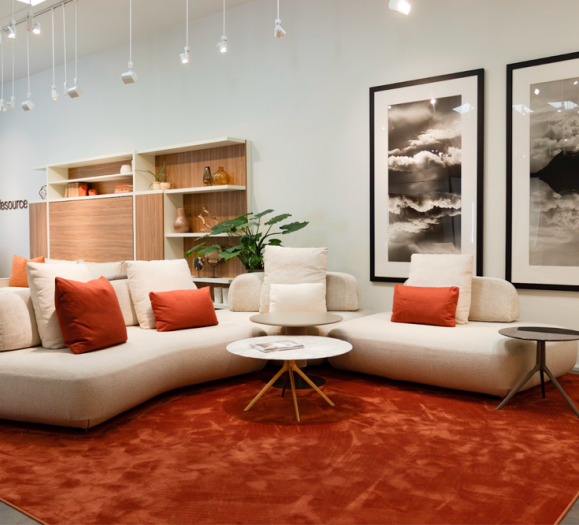The lighting and home decor retail market is undergoing a transformation. This transformation, in response to several factors —online retailing, millennial purchasing power, technological developments and social media to name a few — is evidence that the way successful business must be done today is much different than even five years ago.
In order to stay relevant – and stay in business – showrooms have started to diversify to meet the needs of an increasingly intelligent and demanding consumer who has a multitude of options at their fingertips at any given moment. Recent market research completed by Lighting & Decor in October 2016 provides a glimpse into what our segment of the retail showroom landscape looks like today.
No More Either Or?
The days of a “lighting showroom” or a “furniture store” may be numbered, as it’s clear from our research that now many retailers in these markets carry products across the gamut of home decor, not just from a singular category. Case in point: A whopping 78 percent of lighting showrooms surveyed sell home furnishings in their stores.
While lighting still makes up the majority of sales in lighting showrooms, our numbers reveal room for potential growth. Fifty-five percent of lighting showroom survey takers said home furnishings sales made up 10 percent or less of their total business, while nearly 33 percent said home furnishings made up 11 to 25 percent of their business.
Even for those who are not currently selling both lighting and home furnishings in their stores, the union of lighting and home decor seems to be on their minds, and on their horizons. Of those lighting showrooms that were not selling home furnishings, 87 percent were considering selling them in the future.
What Does This Mean?
With the ease of e-commerce today, multicategory brick-and-mortar stores could be the key to longevity: Providing the knowledge and expertise only a showroom can bring, while expanding product offerings to present the customer with a one-stop shop for the whole home, is a way into the future.



